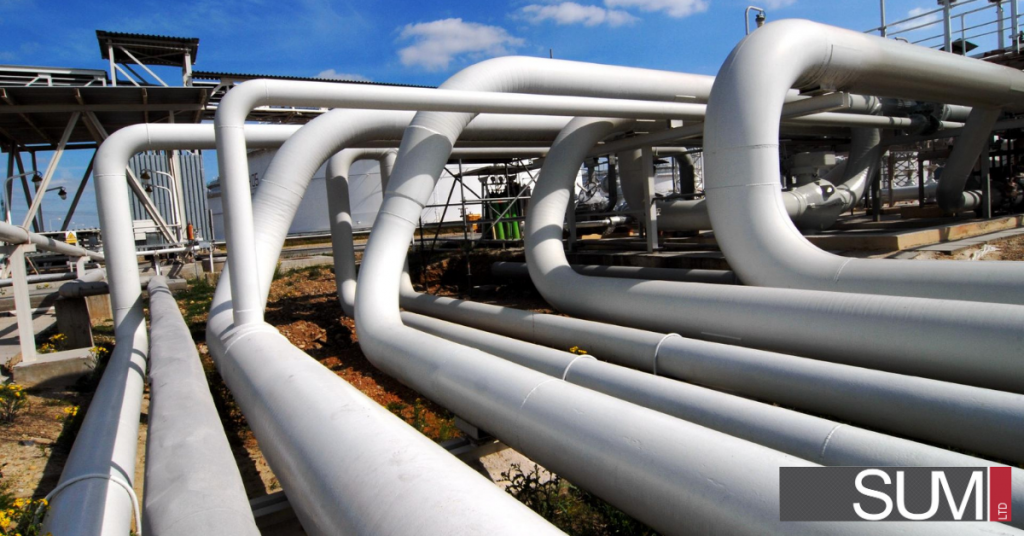Maintaining heat within an industrial instrument or retaining heat of fluids during transit can be an expensive process due to an instrument’s unique heating needs. While heat loss can be a critical factor to consider within some industries, increased costs can be incurred by businesses in any industry, both short and long term. Implementing heat conservation measures to ensure your industrial instruments efficiently retain heat can save your business energy-related expenses.
Heat loss within an industrial setting is a measure of the total transfer of heat through a specific material such as textiles or steel. Units for heat loss can be depicted in the form of energy used for heating in kilowatts (kW) or British Thermal Units (BTUs). These units represent the energy required to keep instruments running optimally during even the coldest days.
What Are the Different Types of Heat Loss?
There are four types of methods for heat to be transferred: Convection, conduction, radiation, and phase change.
- Convection: As hot, less-dense fluids rise to the top, fluids that are colder and denser move downwards, creating movement within fluids. This heat exchange is known as convection.
- Conduction: Conduction is the transfer of heat between substances that are in direct contact with each other. A hand touching a cold pipe or a copper wire touching the tip of a flame are both examples of conduction.
- Radiation: Radiation is the emission of heat through electromagnetic waves. For example, a boiler room becomes extremely hot due to an uninsulated boiler radiating heat into its surroundings.
- Phase changes: Heat can also be transferred through a substance when it undergoes a phase change like solid to liquid or liquid to gas.
Why Is Heat Loss Important?
Heat loss is important to consider for several reasons:
- Specifying the heating and power requirements to ensure the building is adequately heated
- Meeting and/or exceeding building regulatory approvals
- Meeting building occupant’s comfort levels
- Determining the energy requirements and running costs of the heating system
Most importantly, however, is understanding the heat loss of your commercial or industrial instruments before installing thermal insulation. This will ensure that your heating system is able to provide adequate heat energy to your commercial or industrial process.
How Can I Protect My Industrial Instruments Against Heat Loss?
Arm yourself with the knowledge of understanding how insulation works. SUM Ltd has written a blog on the differences between K-value, C-value, and R-value and why they matter. Once the level of heat loss has been determined, the next step is to find the correct insulation solution for your instruments. Consider the environment your instrument is situated in. The materials within a custom removable insulation blanket protecting an external instrument may be starkly different than a blanket found in an internal environment.
Whatever your insulation needs may be, SUM Ltd carries a variety of insulating materials to fit any situation and has developed industrial insulation products for clients around the world. You can find SUM Ltd’s custom insulation solutions on Argentinian instruments, in BC ships and mines, and on North Sea drilling platforms. Rest assured that we can build a custom removable insulation blanket for whatever size, shape, or curve your instrument may have. Book a consultation with us to start building your custom insulation today.
